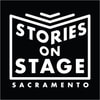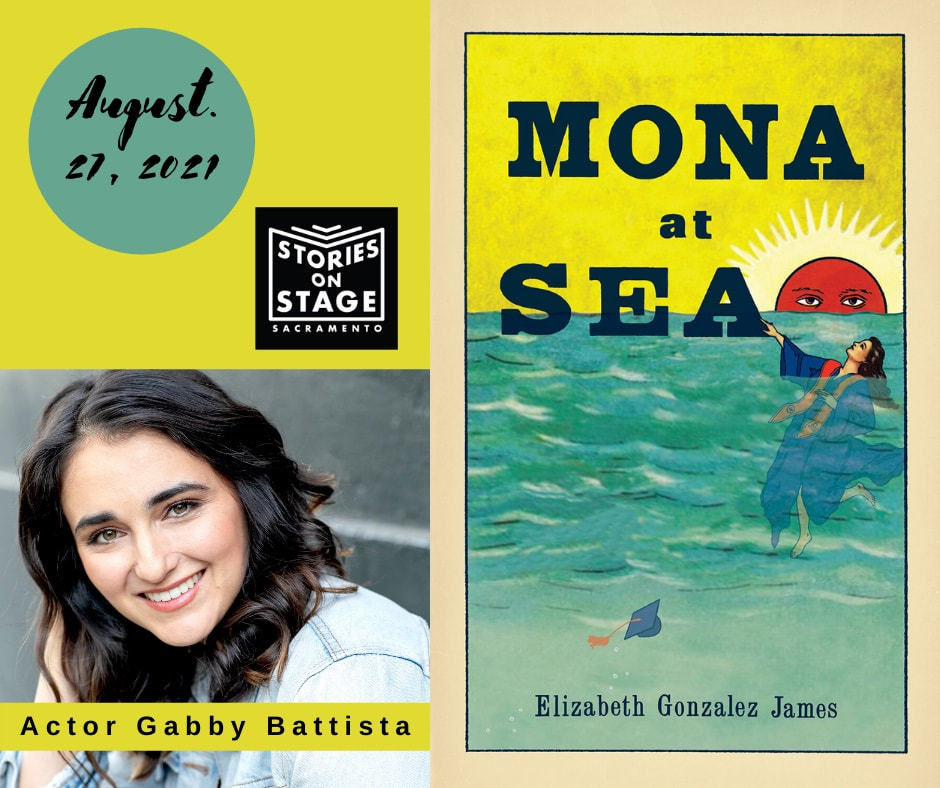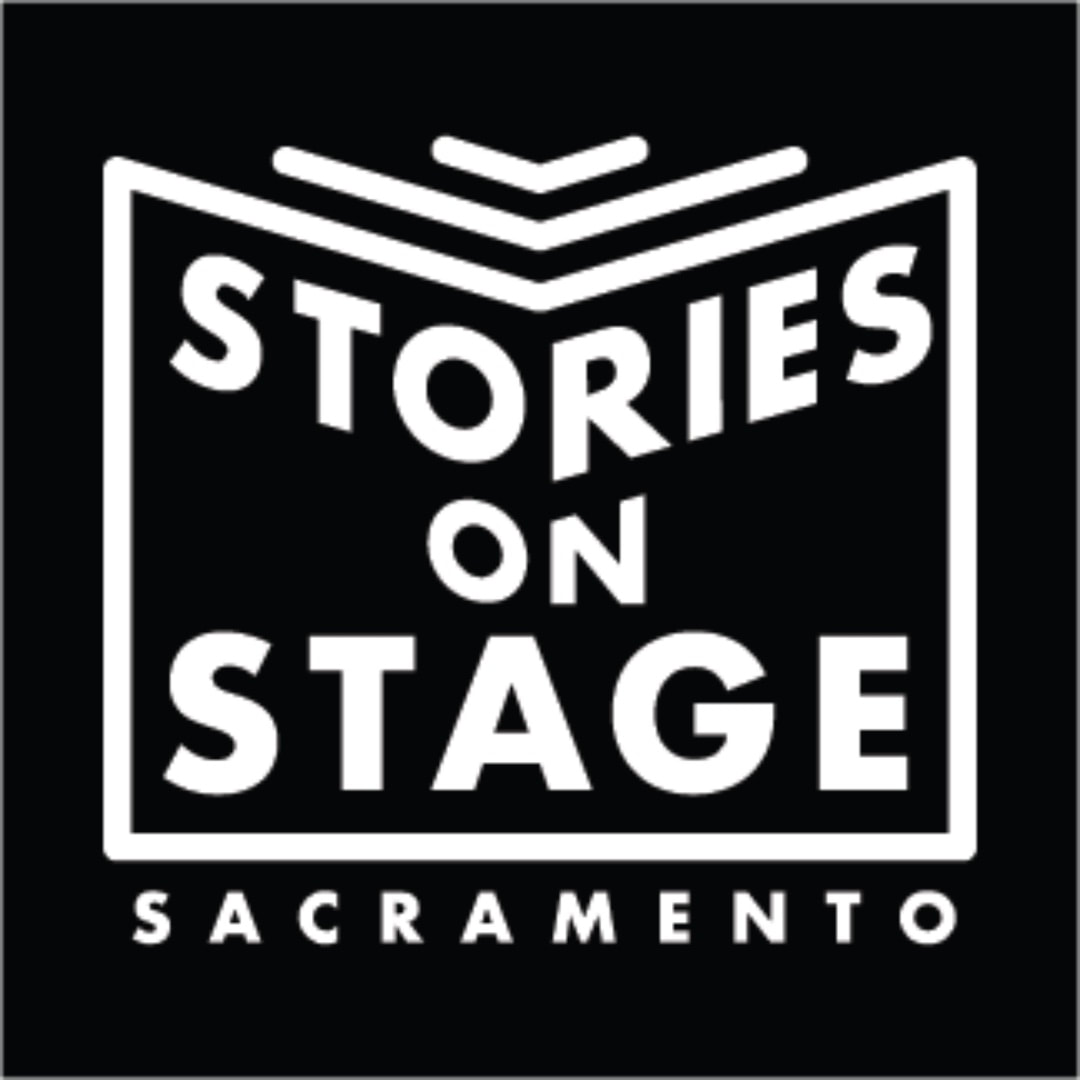|
Actor Spotlight: Gabby Battista
August 27, actor Gabby Battista will join SOSS on Zoom to read an excerpt from Elizabeth Gonzalez James’ new novel, Mona at Sea. Our casting director Jessica Laskey talked to Battista about her theatrical training, her love of teaching and how she uses movement to inform her acting. Jessica: Gabby, you’ve played lots of different kinds of characters, from Jesusa in Davis Shakespeare's The Tenth Muse to Alicia in Capital Stage's production of The Thanksgiving Play, but you’ve also done a lot of Shakespeare. How did you get started with the Bard? Gabby: My mom put me into Shakespeare at a really young age. I was part of an after-school program at North Coast Repertory Theatre in San Diego where we did full-fledged Shakespeare productions for kids. We spent two months on it—it felt like a professional production for theater education. A lot of kids in San Diego grow up with musical theater—there are tons of those programs—but my mom wanted me to focus on being more acting driven as my foundation as a performer. She thought it would be useful to start with acting before jumping into singing and movement. I loved how complicated Shakespeare was, to have the ability to tackle a text and crack it open. I got to be a young nerd from the start. Jessica: You’ve also done a lot of movement-based performances. Is movement an integral part of your creative process? Gabby: As a personal trainer and certified yoga (instructor), I like connecting with my body. There’s something to be said about how we can store energy there. As actors, how we carry ourselves is everything—it’s all connected. As my career has developed and changed, I’ve come to really value the sense of presence: taking a moment to collect yourself and be present in the wings right before going onstage and bringing my body to a place that can feel relaxed. I have a tendency to get in my head, like we call do, so being able to bring my body and mind to a relaxed state is everything. If you practice enough, (the text) is in you, you have to just trust that you’re not going to mess up—which is a lot easier if you’re relaxed and present. Jessica: Do you incorporate movement into your teaching with young people? Gabby: Absolutely! The more you can learn to work with what you have, the more we can come out on the other side confident in our capabilities. I teach my students anxiety tools, like how to breathe and self-soothe—life tools in a theater context. I’m constantly learning from them what their needs are, which reminds me that I have to consider what my own needs are in order to get comfortable and be ready to perform. Working with kids is so wonderful because you can prepare as much as you want, but sometimes you have to throw the lesson plan out the window, which teaches you to be flexible on your feet, no matter the circumstance. Jessica: You’ve taught all over Northern California, primarily at Cal Shakes in Orinda and in Davis, San Francisco, Sacramento and Berkeley, but also overseas. Tell us about that. Gabby: I taught movement to middle school and high school teachers in Copenhagen. Danish culture is very much about perfectionism, so I taught them movement as a way of weeding out hesitation—it helped them get out their heads and get comfortable with their bodies. I also have a friend who runs a theater company in Japan, so during COVID we developed a lesson plan to teach English through Shakespeare. It’s the same concept of learning language through watching TV. It’s not about understanding English all the way—Shakespeare is an extra-hard language, even for native English speakers—but it’s a way of disguising English in a fun costume, of taking words like “thou” and “dost” and understanding them in current English. You play this character with these lines and, as we break down each word, you’re learning English indirectly in a less pressurized environment. Jessica: So with all of these tools at your disposal, how do you prepare for a role? Gabby: I like to separate the technical from the emotional acting work. When I first take a look at a monologue—or in this case, the chapter—I read it first as if I’m just a reader or audience member. Then I go back over it and find my moments, or beats: where to breathe, where to find shifts in the story. Then, when I’ve gotten familiar with the text and it comes to the final comb-through, I start to add some character choices. Character feels like the icing on top, supported by the foundation of the other work you’ve done.
0 Comments
Leave a Reply. |
|
Who We AreLiterature. Live!
Stories on Stage Sacramento is an award-winning, nonprofit literary performance series featuring stories by local, national and international authors performed aloud by professional actors. Designated as Best of the City 2019 by Sactown Magazine and Best Virtual Music or Entertainment Experience of 2021 by Sacramento Magazine. |
|


 RSS Feed
RSS Feed
